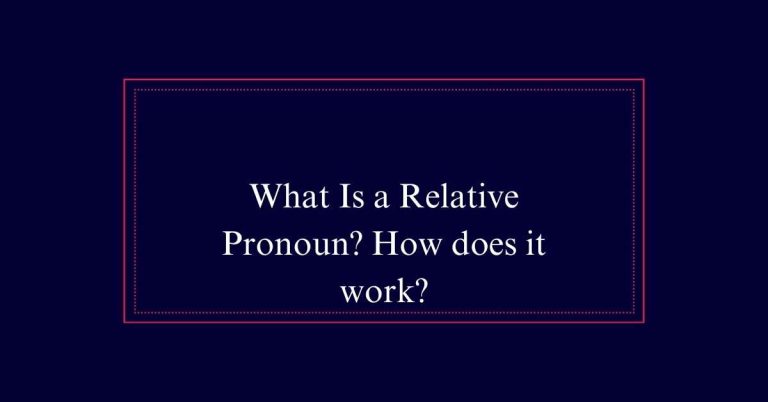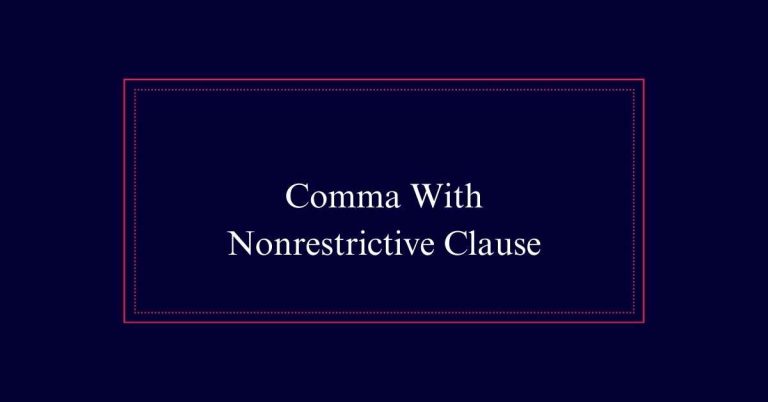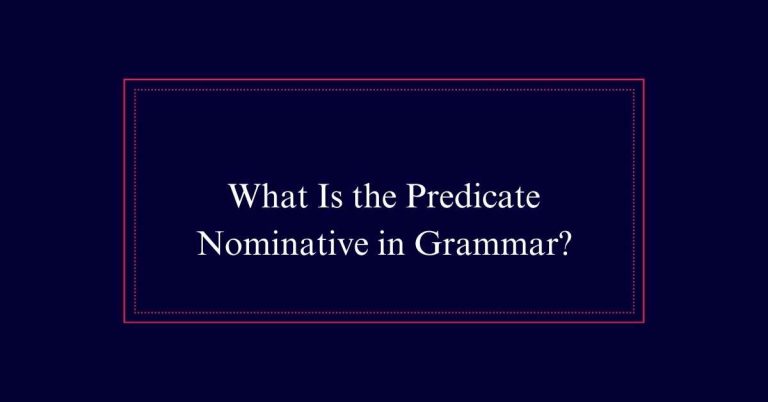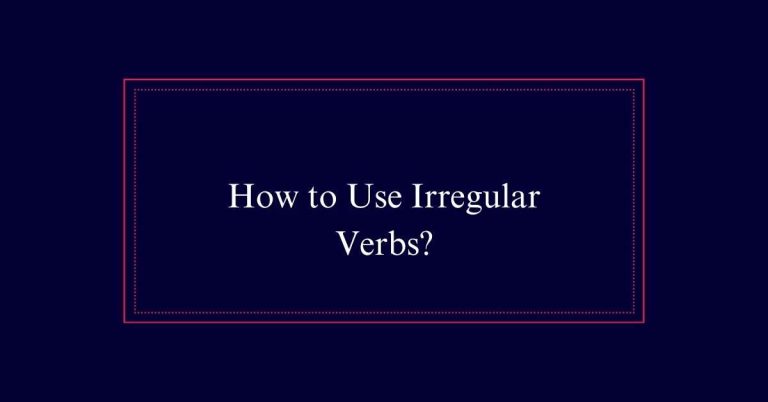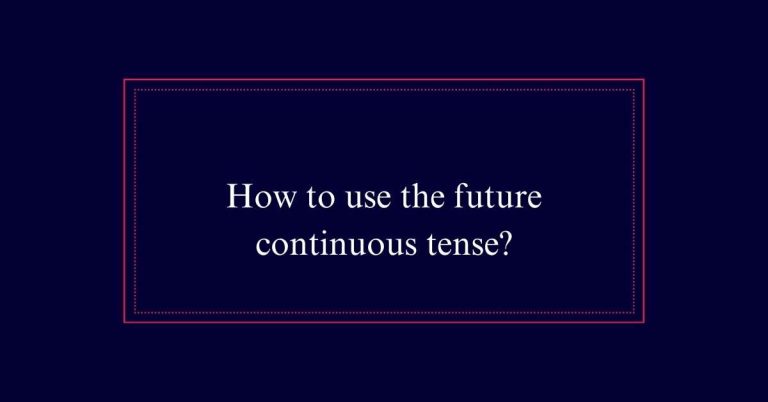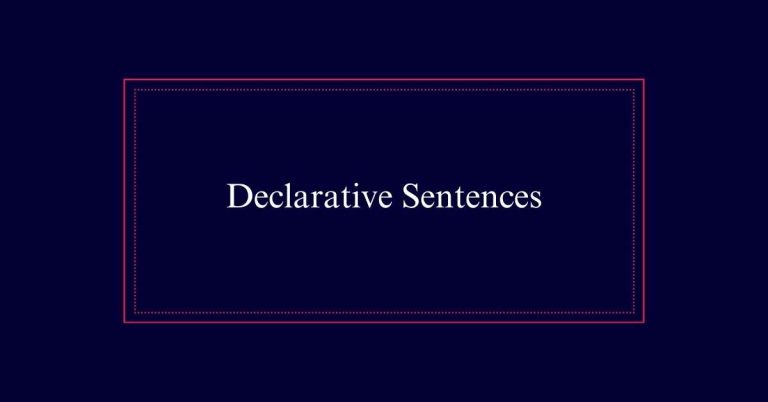Present Continuous
The present continuous tense, formed by combining the verb ‘to be’ (am, is, are) with a present participle (verb + -ing), is used to describe actions happening right now or ongoing events. For example, ‘She is writing’ and ‘They are running.’ It is essential for conveying the immediacy and activity of dynamic verbs, adding urgency and vibrancy to your writing.
Present Continuous Formula
To form the present continuous tense, combine the correct form of the verb ‘to be’ (am, is, are) with the present participle of the main verb. The present participle is created by adding -ing to the base form of the verb.
For example, ‘I am running,’ ‘She is reading,’ and ‘They are playing’ illustrate this structure. This tense is used to express actions that are happening right now. It is also used to describe ongoing processes or events occurring around the present moment.
Forming the Tense
Forming the present continuous tense involves combining the appropriate form of the verb ‘to be’ with the present participle of the main verb.
The ‘to be’ verb changes according to the subject: ‘am’ for I, ‘is’ for he, she, it, and ‘are’ for you, we, they.
The present participle is created by adding -ing to the base form of the main verb.
For example, ‘I am running,’ ‘she is eating,’ and ‘they are working.’
This construction allows for clear communication of actions happening at the moment of speaking. It provides a sense of immediacy and continuity.
Dynamic Verbs
Dynamic verbs are action verbs that depict ongoing processes or activities. These verbs are essential in the present continuous tense, as they illustrate actions in progress. Examples include verbs like running, eating, and writing. When used in sentences, they provide a sense of movement and immediacy.
For instance, ‘She is running’ shows the action happening right now. Dynamic verbs add energy to writing and help readers grasp the timing of actions better. They differ from stative verbs, which describe a state or condition. Dynamic verbs are vital for conveying activities that are actively taking place. Understanding their role in present continuous tense enhances clarity and vividness in communication.
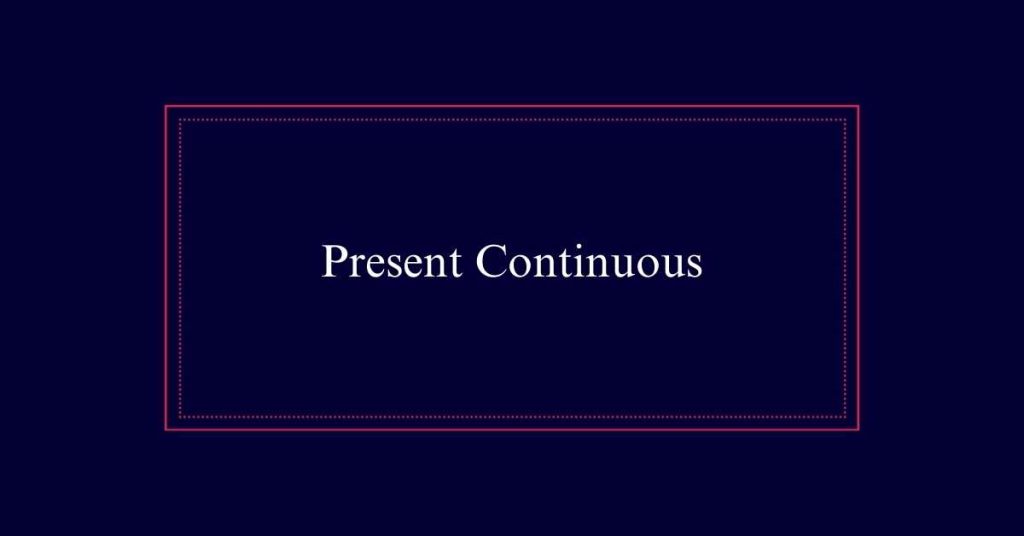
Actions Happening Now
When using the present continuous tense, actions happening now are depicted with immediacy and clarity. This tense is formed by combining the appropriate form of the verb ‘to be’ (am, is, are) with the present participle of the main verb.
For example, ‘She is writing’ or ‘They are running.’ These constructions clearly indicate that the actions are taking place at the current moment.
The present continuous tense is particularly useful in narratives and descriptions where specifying the timing of an action is essential. It helps to create a vivid picture of ongoing activities, enhancing the reader’s understanding.
Adding Energy
To infuse writing with a sense of urgency and vibrancy, the present continuous tense proves invaluable. By highlighting actions that are happening right now, this tense adds energy to the text. It creates an immediate connection with the reader, making the narrative more engaging.
For example, instead of writing ‘She sings,’ saying ‘She is singing’ brings the scene to life. This tense is particularly effective in dynamic storytelling, where ongoing actions dominate. Additionally, it helps to depict sequences of events, ensuring the reader is immersed in the moment.
The present continuous tense transforms static descriptions into lively, real-time experiences, enhancing the overall impact of the writing.
Timing of Actions
Understanding the timing of actions is essential when using the present continuous tense. This tense highlights actions that are occurring right now, providing clarity and immediacy.
For instance, saying ‘She is running’ indicates that the action is taking place at this moment. This immediacy helps to engage readers and provides a vivid sense of ongoing activity.
In addition, present continuous tense can describe future plans or arrangements. For example, ‘I am meeting him tomorrow’ conveys an arrangement set for the future.
Timing is vital as it distinguishes between actions happening now and those planned for later. Accurately using this tense ensures clear communication, making the timing of actions straightforward and unambiguous for the reader.
Immediate Actions in Narratives
In narratives, the present continuous tense vividly depicts actions unfolding in real-time, creating a sense of immediacy and engagement. This tense allows readers to experience events as they occur, adding dynamism to the story.
For instance, a sentence like ‘She is running through the forest’ places the reader directly in the scene. The action feels current and ongoing. This approach enhances the reader’s emotional involvement and keeps them on edge. It is particularly effective in high-stakes or fast-paced scenes.
Stative Verbs
Stative verbs describe conditions or states of being that do not involve action or change. These verbs usually relate to thoughts, emotions, relationships, senses, states of being, and measurements. Unlike dynamic verbs, stative verbs are not used in the present continuous tense. Instead, they remain in the simple present tense to accurately convey their meaning. The incorrect use of stative verbs in the present continuous can lead to confusion and misinterpretation of the intended message.
Here is a table that shows examples of stative verbs:
| Category | Examples | Incorrect Use |
|---|---|---|
| Emotions | love, hate | I am loving this book. |
| Possession | have, own | *I am having* a car. |
| Thoughts | know, believe | *I am knowing* the answer. |
| Senses | see, hear | *I am seeing* the birds. |
Categories of Stative Verbs
There are several categories of stative verbs that describe non-changing conditions or states of being. These include verbs related to emotions, such as ‘love,’ ‘hate,‘ and ‘fear.
Verbs of possession, like ‘have,’ ‘own,’ and ‘belong,’ also belong to this group. Additionally, verbs that describe mental states or thoughts, such as ‘know,’ ‘believe,’ and ‘understand,’ are considered stative.
Sensory verbs like ‘see,’ ‘hear,’ and ‘smell’ often fall into this category as well. These verbs typically do not appear in the present continuous form because they represent conditions or states that are stable over time.
Using the present simple tense with stative verbs ensures clarity and maintains the proper grammatical structure.
Dynamic Vs. Stative Verbs
Dynamic and stative verbs serve different functions in the English language. Dynamic verbs indicate actions or processes that are ongoing or changing, like ‘running,’ ‘singing,’ or ‘building.’ These verbs can be used in the present continuous tense to show actions happening now.
Stative verbs, on the other hand, describe states or conditions that remain constant, such as ‘know,’ ‘believe,’ or ‘own.’ These verbs typically use the simple present tense. Mixing them can lead to confusion. However, some verbs can be both dynamic and stative, depending on the context. For example, ‘think’ can mean to assess (dynamic) or to believe (stative).
Understanding these differences helps in using the present continuous tense correctly.
Frequently Asked Questions
How Does Present Continuous Differ From Present Perfect Continuous?
Present continuous describes actions happening now. Present perfect continuous describes actions that started in the past and continue into the present. The present perfect continuous uses “have been” or “has been” plus the present participle.
Can Present Continuous Be Used to Describe Future Plans?
Yes, the present continuous tense can describe future plans. It conveys actions that are scheduled or planned. For example, “We are meeting with the client tomorrow.” This usage indicates a definite arrangement.
What Are Common Mistakes When Using Present Continuous?
Common mistakes include using it with stative verbs, incorrect subject-verb agreement, and confusing it with simple present tense. Also, overusing it for stylistic reasons can lead to awkward or incorrect sentences.
How Do Contractions Work With Present Continuous?
Contractions combine the verb “to be” with the present participle. For example, “I am” becomes “I’m,” “you are” becomes “you’re,” and “she is” becomes “she’s.” They make sentences shorter and more conversational.

